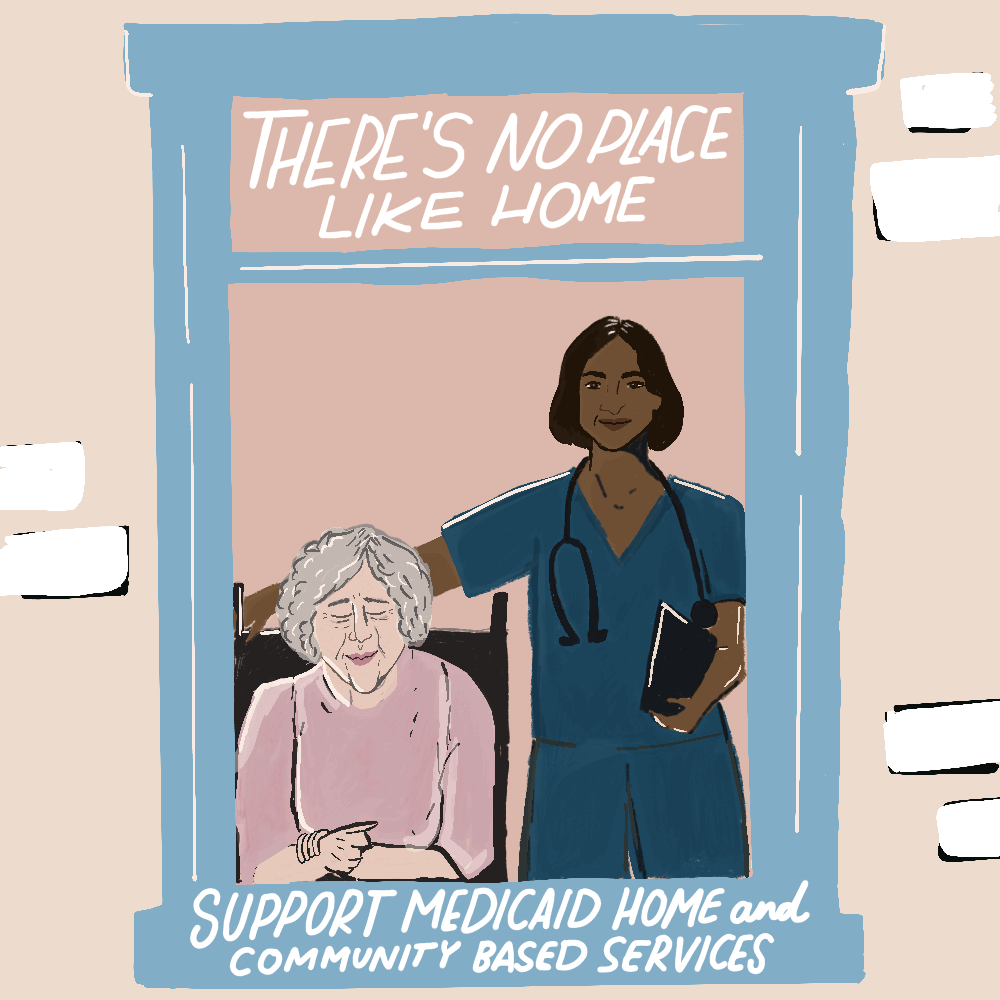
In an era where healthcare systems are continually evolving, the significance of Medical Home and Community-Based Services (HCBS) cannot be overstated. These services are crucial in providing comprehensive, culturally competent, patient-centered care to individuals, especially those with chronic conditions, disabilities, or the elderly. The integration of medical homes and community-based services represents a paradigm shift designed to improve health outcomes, enhance patient satisfaction, and control healthcare costs.
A Medical Home is not a physical place but a coordinated approach to providing primary care that is accessible, continuous, comprehensive, family-centered, coordinated, compassionate, and culturally effective. It is where patient-provider relationships are strengthened, and care is tailored to meet the unique needs of individuals over their lifetime. By focusing on the whole person and integrating health care services, medical homes ensure that care is not only provided in the most appropriate setting but also in a manner that is consistent with a patient’s cultural background and personal preferences.
Community-based services complement medical homes by extending care beyond the traditional clinical settings. These services include but are not limited to home health care, adult day care, meal services, transportation, and more. Such services are designed to support the elderly, those recovering from hospital stays, or individuals with chronic health issues, enabling them to maintain independence and quality of life in their community and home settings. Community health workers play a vital role here, serving as liaisons between patients and healthcare providers, ensuring that health services are understood and managed appropriately.
The benefits of robust Medical Home and HCBS programs are manifold. Firstly, they help reduce the need for expensive hospital stays or emergency room visits by providing preventative care and managing chronic conditions effectively. For example, regular monitoring by community health workers can prevent complications in patients with diabetes or hypertension, reducing acute episodes requiring hospital care. Secondly, these programs offer significant savings for the healthcare system. By keeping people in their homes and communities, healthcare costs are dramatically reduced, all while maintaining or improving the quality of care.
Moreover, these services address the social determinants of health, which are critical in managing health disparities. They consider the social, economic, and environmental factors that influence health outcomes and tailor interventions to meet the specific needs of the communities they serve.

